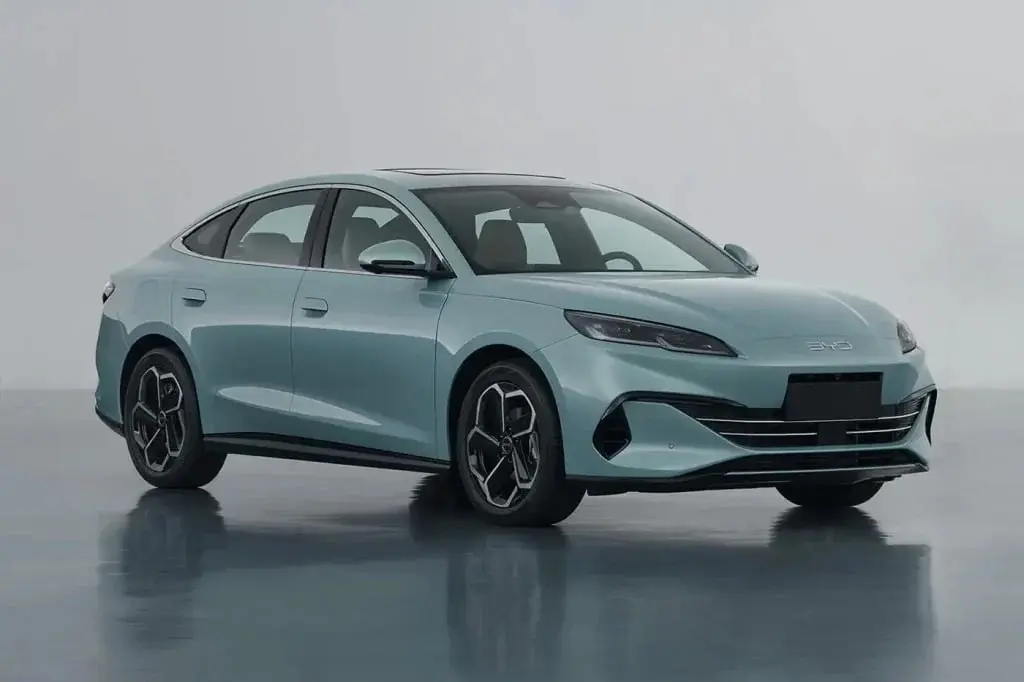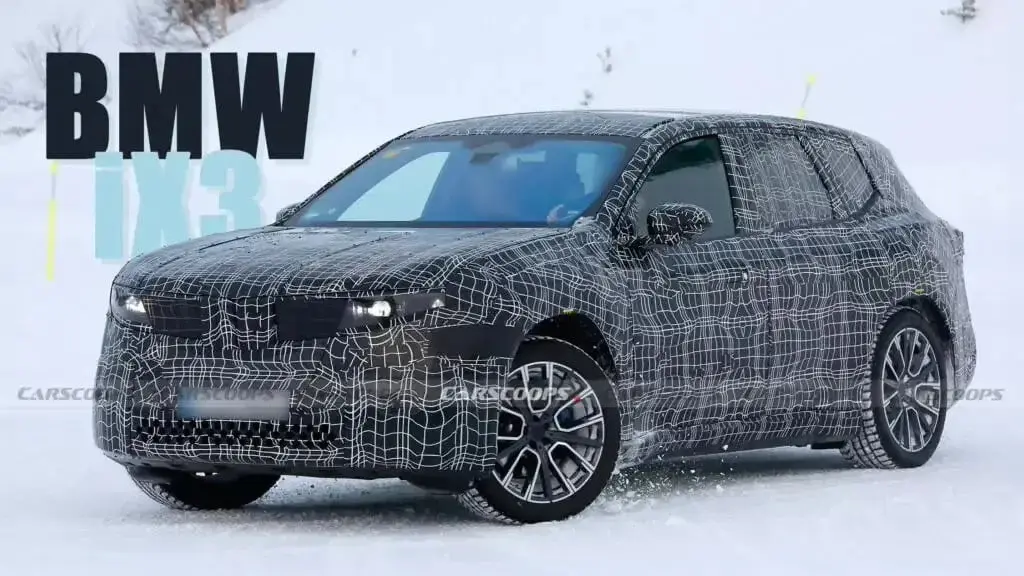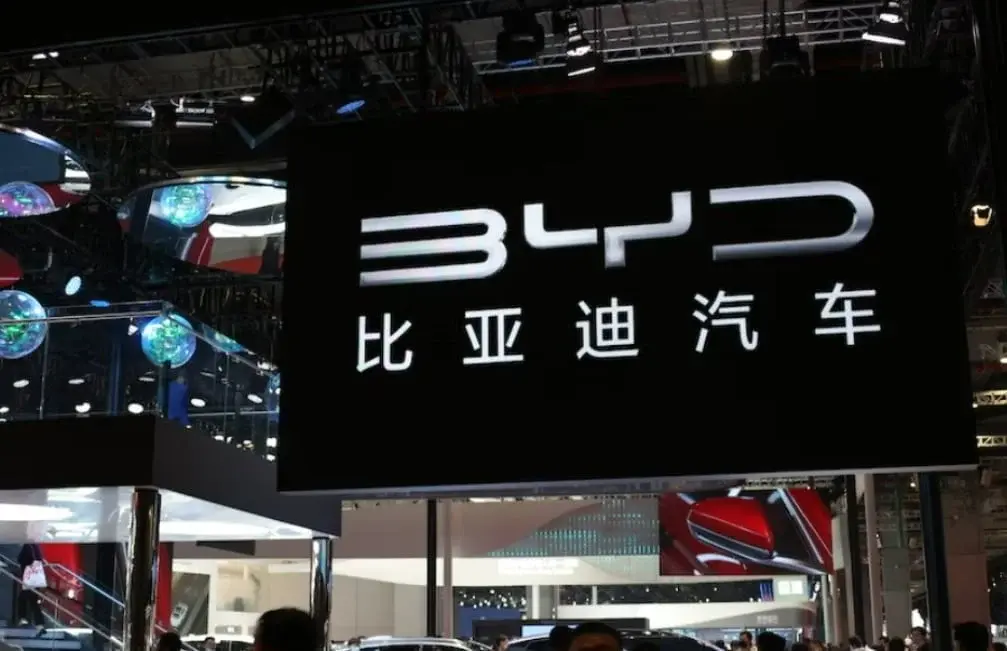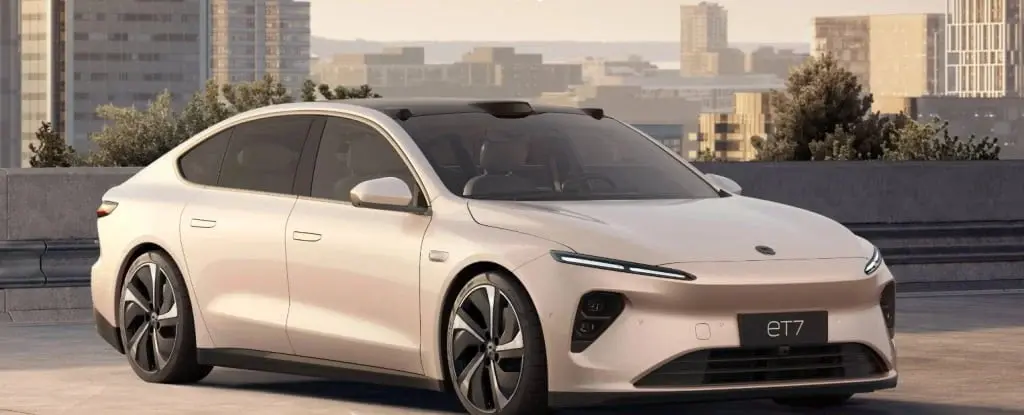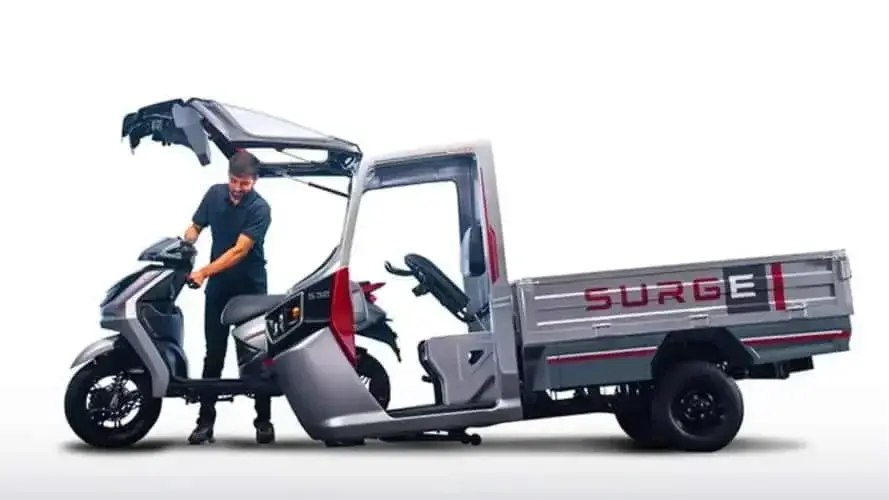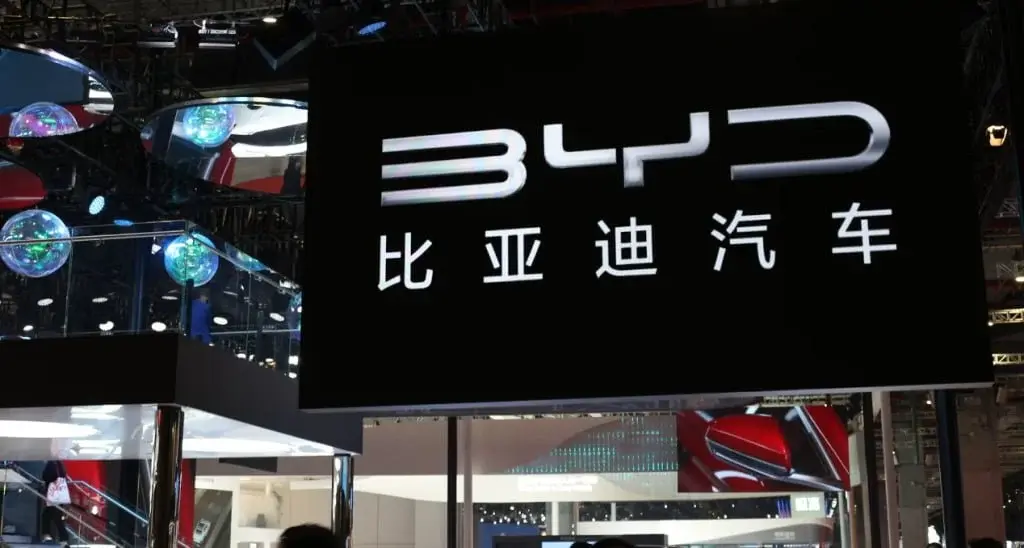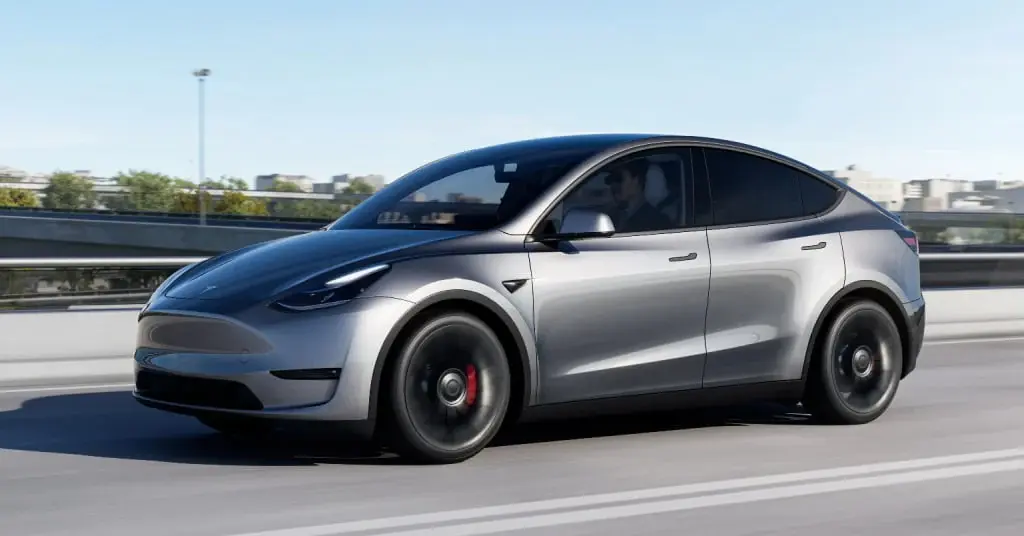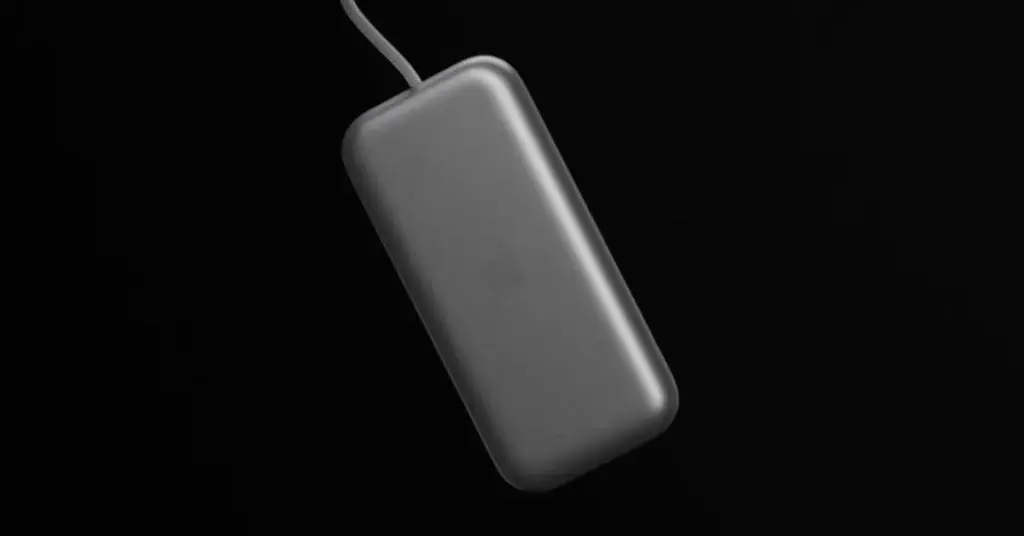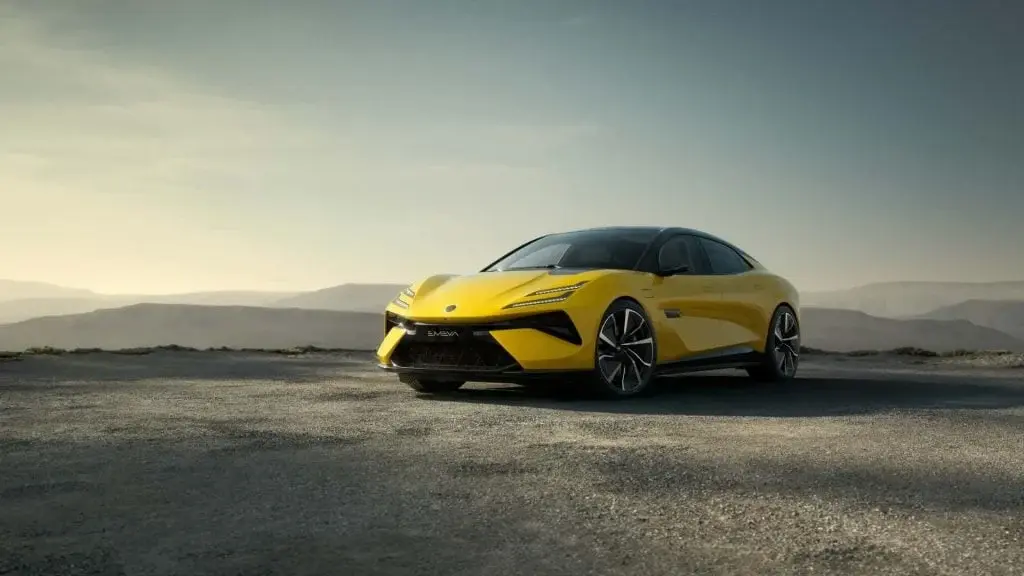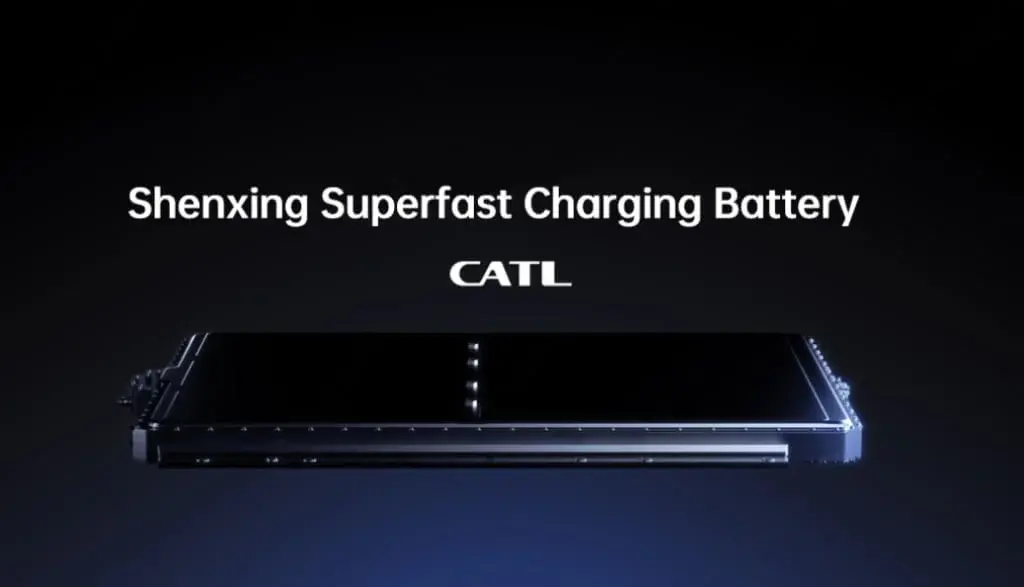The Ministry of Industry and Information Technology has unveiled BYD’s latest addition to its lineup through the “Announcement of Road Motor Vehicle Manufacturers and Products” (Batch 380). Alongside the previously reported Qin L, BYD introduces the Seal 06, a new plug-in hybrid model. Positioned as a vehicle under the existing Seal EV and Seal DM-i models, the Seal 06 stands out with a noticeably shorter body, suggesting a lower positioning in BYD’s product range.
The Seal 06 is shorter than the existing Seal EV, Seal DM-i models
The Seal 06, a plug-in hybrid car, exhibits dimensions of 4830mm in length, 1875mm in width, and 1495mm in height, with a wheelbase of 2790mm. Comparing these figures with the previously reported Qin L (4830/1900/1495mm, wheelbase 2790mm) indicates a potential interaction between the two models, suggesting a “sister model” relationship, similar to the dynamic between Qin PLUS and Destroyer 05 in BYD’s lineup.
Continuing BYD’s commitment to “marine aesthetics” in design
The Seal 06 boasts soft and smooth lines, continuing BYD’s commitment to “marine aesthetics” in design. The front grille, resembling a big grinning mouth, adds a unique touch to the vehicle’s appearance. Petal-style wheels contribute to the overall aesthetics, and buyers have the option to include a sunroof, panoramic sunroof, or small sunroof, providing customization choices for a personalized driving experience.
Equipped with a 1498ml engine delivering 74kW of power
Under the hood, the Seal 06 is equipped with a 1498ml engine delivering 74kW of power, enabling a top speed of 180km/h. This car is anticipated to be part of BYD’s fifth-generation DM-i hybrid system, sharing the core technology with the Qin L but differentiating itself through distinctive exterior and interior design elements.
A notewo#rthy addition catering to environmentally conscious consumers
As automakers increasingly embrace hybrid technology, BYD’s Seal 06 enters the scene as a noteworthy addition, catering to consumers looking for a more environmentally friendly yet versatile driving experience. The strategic placement of the Seal 06 within BYD’s product hierarchy suggests a commitment to providing a diverse range of options for consumers seeking plug-in hybrid vehicles.

